Blue Meanie Mushroom
$175.00 – $520.00Price range: $175.00 through $520.00
SKU: N/A
Category: Psilocybin
Tags: blue meanie mushroom auckland, blue meanie mushroom christchurch, blue meanie mushroom melbourne, blue meanie mushroom potency, blue meanie mushrooms brisbane, blue meanie mushrooms wellington, blueblue meanie magic mushroom, blueblue meanie mushroom adelaide, blueblue meanie mushroom sydney, blueblue meanie mushroom tauranga, blueblue meanies shrooms
Brand: Mega Psychedelic Shop
Blue Meanie Magic Mushroom
The “Blue Meanie” mushroom is a nickname that can refer to two different types of mushrooms, one of which is psychedelic:
1. Panaeolus cyanescens (true Blue Meanie): This is a potent psychedelic mushroom that contains psilocybin and psilocin. It’s known for its strong psychoactive effects, often stronger than Psilocybe cubensis. Commonly found in tropical and subtropical regions, especially in cow pastures. The “blue” in the name refers to the bluish bruising that occurs when the mushroom is handled or damaged, due to oxidation of psilocin.
2. Psilocybe cubensis (Blue Meanie strain): There is also a strain of Psilocybe cubensis called “Blue Meanie,” but it’s different from Panaeolus cyanescens. It’s still psychedelic but typically less potent than Panaeolus cyanescens.
Blue Meanie Mushroom Usage and Dosage
Blue Meanie mushrooms (whether Panaeolus cyanescens or the Psilocybe cubensis strain) are used primarily for their psychedelic effects, which come from the active compounds psilocybin and psilocin. Here’s how they’re typically used:
1. Recreational Use
Dosage:
Panaeolus cyanescens is much more potent, so smaller doses are needed (0.5g–2g dried).
Psilocybe cubensis strains like Blue Meanie might range from 1g–3.5g for a moderate trip.
Eaten raw or dried, made into tea (to reduce nausea and speed onset). You can also ground into powder and put in capsules or mix with food (like lemon tekking for stronger effects)
2. Therapeutic & Spiritual Use
People use them for deep introspection or emotional healing connecting with nature or the universe.
Treating depression, anxiety, PTSD, or addiction (in controlled settings)
3. In Clinical Research
Scientists and therapists use psilocybin (in measured doses) in controlled environments to reduce symptoms of treatment-resistant depression. Help patients with end-of-life anxiety and promote long-term personality changes like increased openness and emotional resilience.
Important Considerations
Set and setting matter a lot—mindset and environment can heavily affect the trip.
Trips last about 4–6 hours for Panaeolus, a bit longer for cubensis.
Potential risks: anxiety, confusion, bad trips, or triggering underlying mental health issues if used irresponsibly.
| Quantity | 1/4 Ounce, 1/2 Ounce, 3/4 Ounce, 1 Ounce |
|---|
Be the first to review “Blue Meanie Mushroom” Cancel reply
Related products
Psilocybin
Rated 3.50 out of 5
$110.00 – $850.00Price range: $110.00 through $850.00
Psilocybin
$100.00 – $850.00Price range: $100.00 through $850.00
Psilocybin
$100.00 – $900.00Price range: $100.00 through $900.00
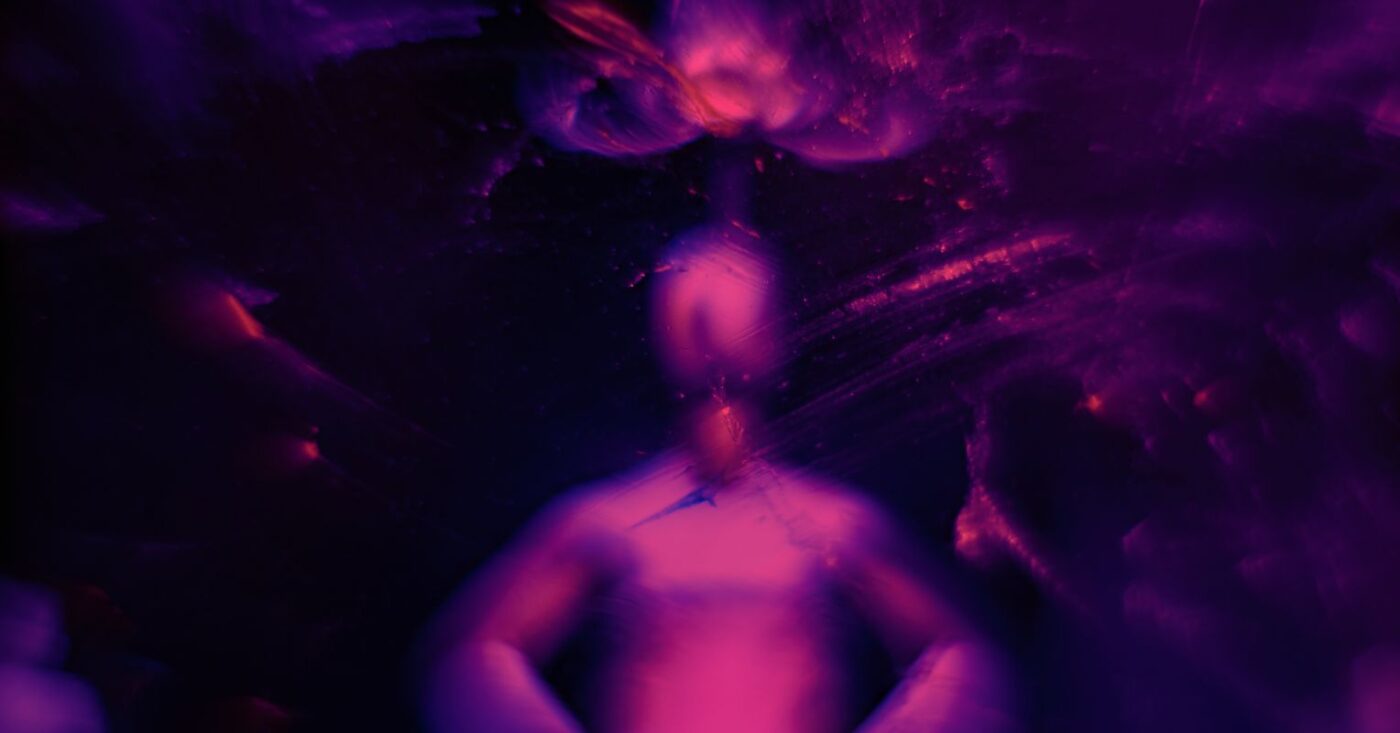
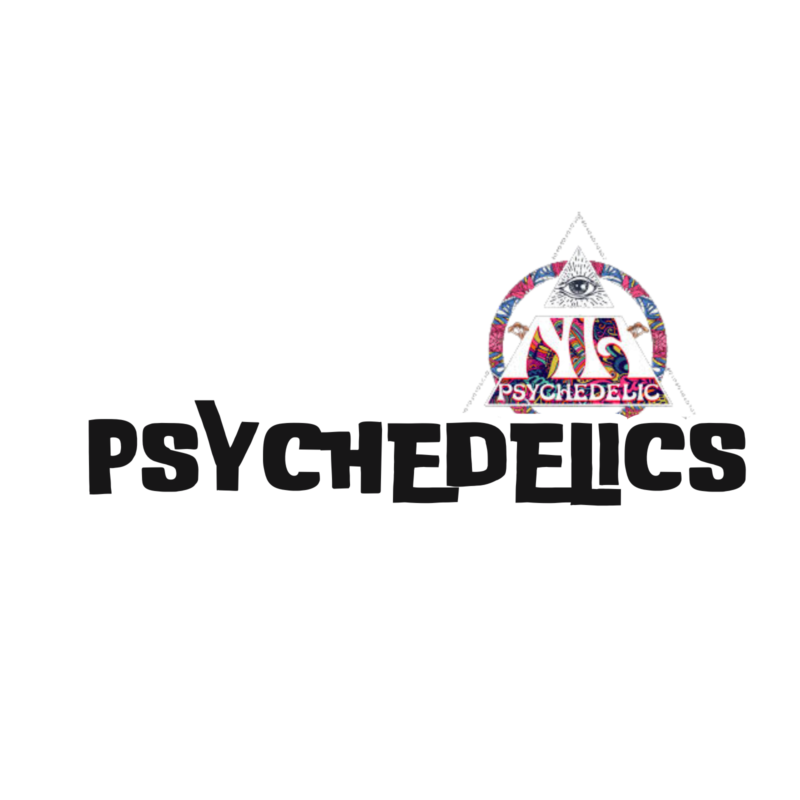

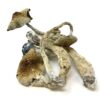
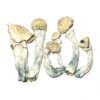

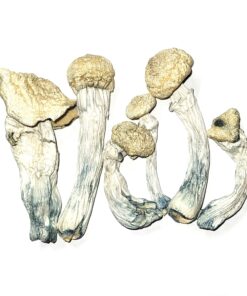
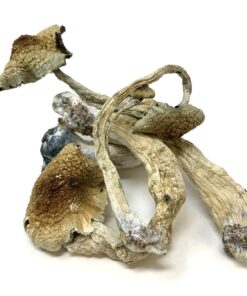
Reviews
There are no reviews yet.